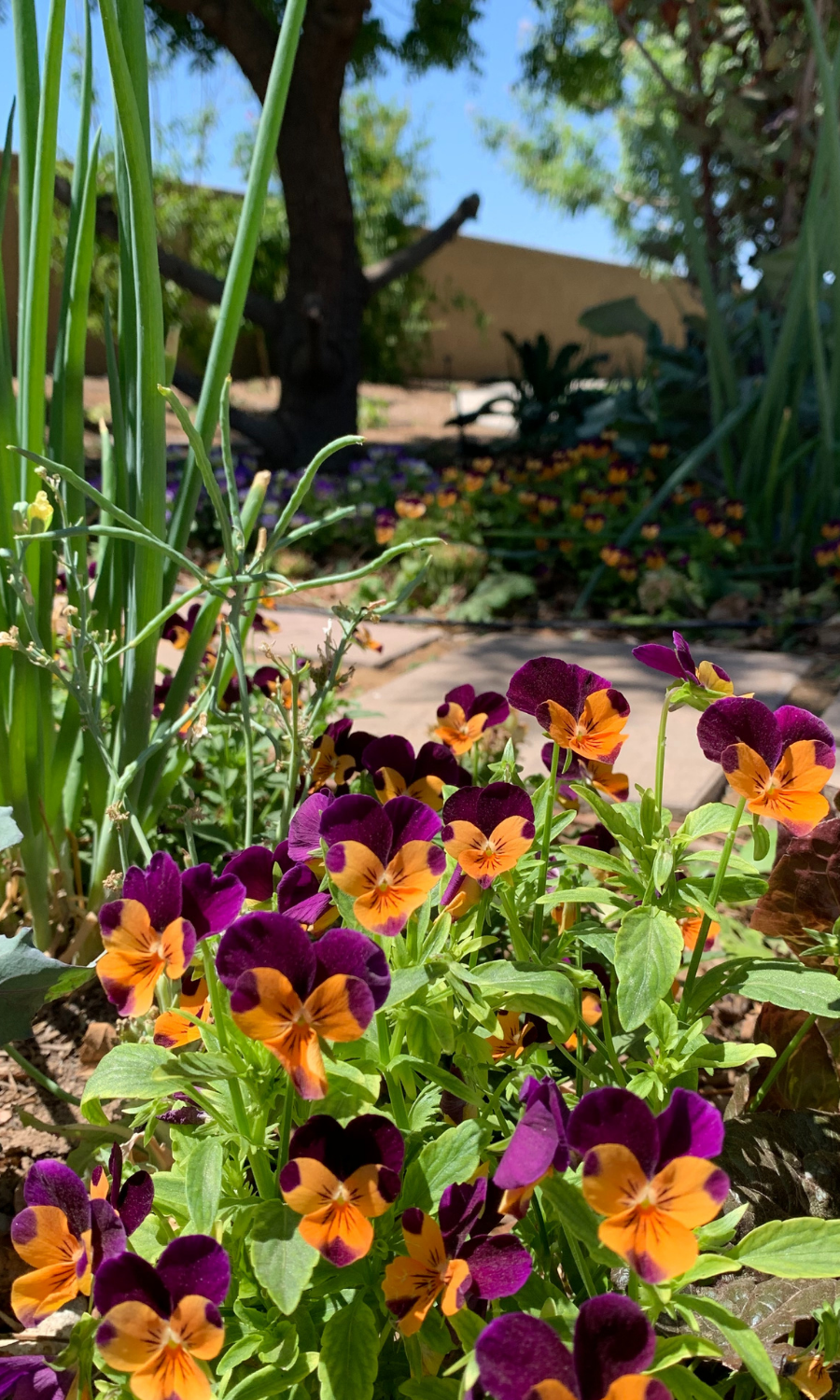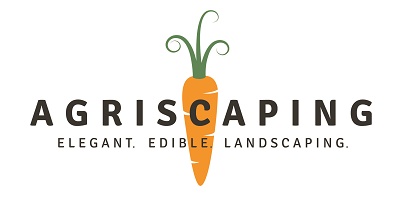Garden Plant Selection – Start with the End in Mind

Garden Plant Selection - Start with the End in Mind
*By Shaun Mayfield
When looking to design your garden, there is ultimately the question of which plants should go where? Debating between edible or elegant, entertaining or edible, elegant or entertaining, beauty or productivity? Fortunately, none of these need to be an either/or. In fact, all these goals can complement each other. You have the great opportunity of an ornamental garden meeting the edible garden.
So where do you start?
Begin with the end in mind. Maybe you are wanting a new look? Perhaps new family health goals? A landscape of tranquility, reflection, and thought? A sensory landscape of touch, see, smell, and taste? An attraction to host events and gatherings? All of these can be accomplished through a variety of edible & productive trees, bushes, vines, veggies, and rooted plants you choose to grow.
So much of landscape design and planning focuses on the space, the paths, and the hardscapes. However, focusing on softscapes is critical to the overall aesthetics, colors, smells, emotional feel, and of course... the taste of a landscape. Maybe a goal is to grow enough food for a small CSA co-op, or maybe just wanting to add a small culinary herb garden, or perhaps your health focus sways you toward a healing ‘farmacy’. Whatever the primary goal in your garden, plant selection is critical.
However, just like planning is important to plant selection, the next step prior to selecting those plants is to assess your site. One consideration is where you will be growing. In the ground, in raised beds, on a deck? Another critical consideration is the microclimate. Is the location in full sun, morning sun & afternoon shade, morning shade, and afternoon sun? Or maybe the area is partially shady to shady? Plant selection needs to consider lighting requirements.
So just like planting out an ornamental garden, an edible garden is no different when one of our goals is elegance. When using edible plants that we know are in the correct microclimate, we have many options.
Edible flowers bring a dramatic pause to any garden while also bringing in the pollinators. Edible flowers can also include letting some broccoli, cauliflowers, etc go to flower at the end of the season. Pollinators love these, we can eat the flowers, and they add a beautiful texture and color to the garden. Jerusalem Artichoke is a great example of a blooming non-edible flower that still brings in pollinators and grows a delicious potato-style root veggie. Of course, any of the flowers could be used in vases when company arrives as well as utilizing specifically the edible flowers garnished on the salad or other plates.
We can then use other veggies to fill in the rest of the space between the bushes and trees. This can be done in rows that follow the contours of a curving bed, unlike traditional farm standards that tend to have rigid straight lines. Another option is to utilize taller plants in the back working towards shorter ones that are nearest the paths to build dramatic effect and depth. Another good trick is using green and purple plant varieties (or other color variations that exist) of lettuce, cabbage, kohlrabi, (or the many others) and alternate them purple, green, purple, green, etc. or do a green row followed by a purple row, repeated as well. Growing a grassy-like effect of onions, garlic, chives, or other similar plants on bed edges adds a beautiful visual attraction while also keeping rabbits out of that bed.
Herbs are an excellent plant to include for looks and practicality. There is nothing like fresh herbs to flavor or garnish those drinks, dishes, or desserts for your family & guests. Many of these are great to put along bed edges and borders so when you are walking by they are easily accessible to rub and smell. Examples are plants like mint and lemon balm; pinching off a sprig of each as you walk down a path, muddling it in a ball, and adding it to your ice water will bring a fresh smile on a warm afternoon.
There are no limitations to the beauty, elegance, flavor, and style you can bring to a fully edible landscape. The only limits are your imagination. Once you understand the specifics of your growing sites and which plants are suitable for that area, strive to be creative in using plants to create beauty that evolves in every passing season.
To find out what webinars or live classes are available for free click here!
* You can find out more about Shaun Mayfield at bluesky.agriscaping.com .

